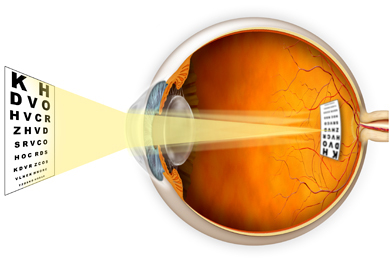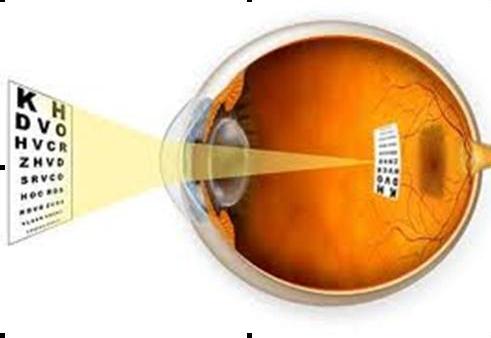- Home
- About us
- About usBệnh viện mắt quốc tế – DND là bệnh viện chuyên khoa mắt công nghệ cao với đội ngũ bác sĩ dày dặn kinh nghiệm
- Our historyĐược thành lập từ năm 2011, bệnh viện đã từng bước chuyển mình trong đầu tư công nghệ và nhân lực
- Our vision and missionMục tiêu “Vì đôi mắt cộng đồng” đem lại cho người bệnh dịch vụ và công nghệ hiện đại nhất phù hợp với thu nhập
- Our staff
- Our Equipment
- Our divisions
- Services
- Department of Refractive ErrorsTrung tâm khúc xạ. Điều trị và phẫu thuật khúc xạ và lão thị.
- Department of Cataract TreatmentsTrung tâm phẫu thuật Phaco Phẫu thuật điều trị bệnh Đục thủy tinh thể
- Department of Fundus IssuesTrung tâm tầm soát Võng mạc. Điều trị và tầm soát các bệnh lý đáy mắt.
- Department of Diagnostic and TreatmentKhám và điều trị ngoại trú các bệnh lý về mắt.
- Department of Eye Cosmetic SurgeriesTrung tâm điều trị thẩm mỹ vùng mắt và phẫu thuật trung phẫu thẩm mỹ
- Membership CardCác gói thẻ theo dõi và điều trị (Khúc xạ, Đáy mắt), và hỗ trợ ( thẻ Family, thẻ VIP )
- For customers
- News and Events
- Contact us
Myopia (Nearsightedness)
Myopia (Nearsightedness)
[:vi]Cận thị là gì?
Cận thị thường do trục trước sau của nhãn cầu quá dài trong khi công suất của các thấu kính (hệ giác mạc-thuỷ tinh thể) là bình thường, hoặc công suất của thấu kính quá cao trong khi độ dài trục nhãn cầu trước sau là bình thường. Do đó vật ở vô cực ta sẽ nhìn mờ vì ảnh rơi trước võng mạc.
Nguyên nhân cận thị chưa đựoc biết rõ, nhưng người ta cho rằng có 2 yếu tố thúc đẩy đó là di truyền và yếu tố môi trường.
Đặc điểm của cận thị là nhìn xa không rõ mà nhìn gần rõ. Tuỳ theo độ cận thị mà người ta phải kê sách ở xa hoặc thật gần mắt mới đọc được .
Cận thị thường xuất hiện ở lứa tuổi đi học hay còn gọi là cận thị học đường, trẻ phải kê sách sát mắt để đọc hoặc không nhìn thấy bảng, hoặc phải chạy đến gần tivi. Trẻ thường hay nheo mắt hoặc hay than nhức đầu, mỏi mắt.
 |
<–> |  |
| Mắt bình thường | Mắt Cận thị |
1. Tật cận thị: độ cận không quá -6D.
Nguyên nhân:
Phổ biến nhất là sự mất quân bình khúc xa giữa chiều dài trục trước sau nhản cầu và công suất khúc xạ của mắt. Trị số của 2 giá trị này vẫn trong giới hạn bình thường.
Cận thị do bán kính độ cong.
Cận thị do chỉ số khúc xạ
Triệu chứng: giảm thị lực nhìn xa. Thường nheo mắt để nhìn rõ. Đọc sách thường để quá gần mắt đối với cận thị độ cao. Bệnh nhân hay nhức đầu, mệt mỏi mắt. Đáy mắt hoàn toàn bình thường.
Biến chứng: không có biến chứng nặng trong tật cận thị ngoại trừ trong trường hợp điều tiết quá kém có thể gây lác ngoài.
Tiến triển: Độ cận tăng dần đến tuổi 25 thì ổn định. Trong giai đoạn phát triển mạnh của cơ thể ( 15-20 tuổi) có thể có cơn tăng kịch phát.
2. Bệnh cận thị: độ cận trên -6D.
Nữ mắc bệnh nhiều hơn nam; người châu Á, Trung Âu, đông Âu nhiều hơn người bắc Âu, Anh, Mỹ. Ít có ở người da đen. Có tính di truyền kiểu lặn. Độ cận thường –20D, cũng có trường hợp lên đến –60D. Luôn có những tổn thương ở đáy mắt: teo gai thị, thoái hóa võng mạc. Thị lực có điều chỉnh kính không đạt 10/10. Có thể có những biến chứng nặng như: huyết khối hắc mạc, đục pha lê thể, bong võng mạc, đục thủy tinh thể.[:en]
Myopia (nearsightedness), is the most common refractive error of the eye, and it has become more prevalent in recent years. The exact cause for this increase in nearsightedness is unknown, many eye doctors feel it has something to do with eye fatigue from computer use and other extended near vision tasks, coupled with a genetic predisposition for myopia.
If you are nearsighted, you typically will have difficulty reading road signs and seeing distant objects clearly, but will be able to see well for close-up tasks such as reading and computer use.
1. Normal myopia: below -6.00D. Most people with myopia are below -6.00D, but some people have much higher levels of myopia. How high your myopia is can be a sign of whether it may lead to further problems with your eyes. Most people with myopia of less than -6.00D don’t develop any further problems and the blurriness their myopia causes is easily dealt with by glasses or contact lenses. This is sometimes known as simple myopia.
2. Degenerative myopia: over -6.00D Degenerative myopia (also called pathological or malignant myopia) is a rare and mostly inherited type of myopia that begins in early childhood. In degenerative myopia, the eyeball elongates rapidly and causes severe myopia, usually by the teenage or early adult years. Degenerative myopia may also progress far into the adult years. People with the condition have a significantly increased risk of retinal detachment and other degenerative changes in the back of the eye, including choroid neovascularization (abnormal blood vessel growth), and glaucoma.
 |
<–> |  |
| Normal eye | Myopic eye |
[:]
Đội ngũ Bác sỹ
Trang thiết bị
Các thông tin trên website Matquocte.vn chỉ dành cho mục đích tham khảo, tra cứu, khuyến nghị Quý khách hàng không tự ý áp dụng. DND không chịu trách nhiệm về những trường hợp tự ý áp dụng mà không có chỉ định của bác sĩ.
Chính sách quản lý bảo vệ, khai thác & đảm bảo an toàn thông tin khách hàng sử dụng website.
Copyright 2023 International Eye Hospital | All right reserved.
































